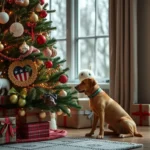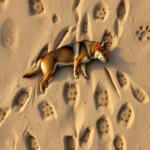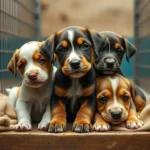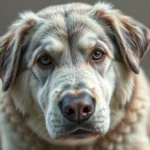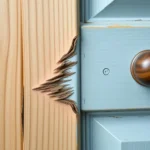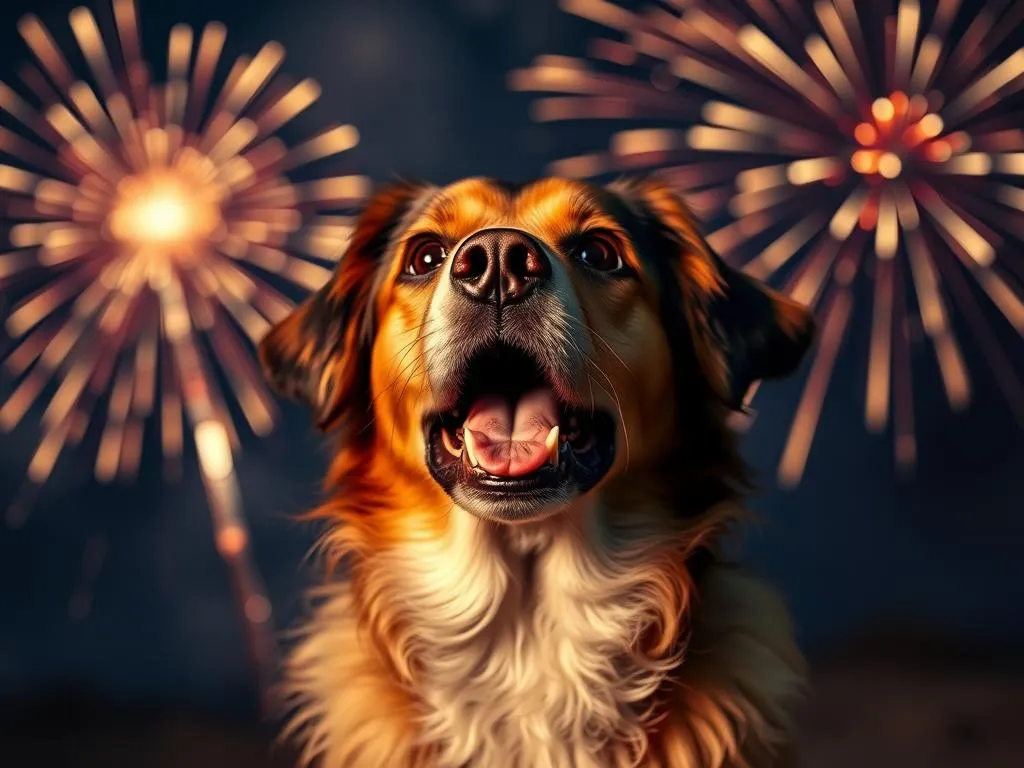
Every summer, as fireworks light up the night sky in celebration, many pet owners find themselves dealing with an all-too-common dilemma: their dogs are scared of fireworks. It’s estimated that over 50% of dogs experience fear during fireworks displays. Understanding why dogs react this way is essential for pet owners, especially since these fears can lead to anxiety and distress for our furry friends. By exploring the reasons behind this fear and discussing effective coping strategies, we can help our dogs feel more secure during these loud festivities.
Understanding Canine Behavior
The Nature of Fear in Dogs
Fear is a fundamental emotional response that helps animals, including dogs, react to potential threats. In dogs, fear is often characterized by a heightened state of alertness, avoidance behaviors, and physiological changes. It’s essential to differentiate between fear and anxiety; while fear is a response to a specific, identifiable threat, anxiety is more generalized and can occur without a clear trigger.
Common Phobias in Dogs
Dogs can develop various phobias, ranging from fear of thunderstorms to the sound of vacuum cleaners. Fireworks are particularly problematic due to their unpredictable nature and loudness. These phobias can stem from negative past experiences or simply the overwhelming sensory input that fireworks provide.
Why Are Dogs Scared of Fireworks?
Sensory Sensitivity
One of the primary reasons dogs are scared of fireworks is their heightened sensory perception.
-
Hearing: Dogs can hear sounds at frequencies as high as 65,000 Hz, while humans can only hear up to about 20,000 Hz. This means that the loud booms and crackles of fireworks are not just loud for them; they are deafening. The sudden onset of these sharp sounds can trigger an instinctual fear response.
-
Visual Stimuli: Fireworks also produce bright lights and sudden flashes. Dogs may not understand the source of these lights, which can create confusion and fear.
Instinctual Responses
Dogs have an inherent flight or fight response, which is triggered in situations they perceive as threatening.
-
Flight or Fight Response: When faced with a sudden loud noise, a dog’s instinct may lead them to flee to safety. This instinct is a survival mechanism that has been hardwired into their behavior over thousands of years.
-
Evolutionary Perspective: Historically, loud noises could signal danger, such as the presence of predators or natural disasters. Fireworks simulate these loud, threatening sounds, causing dogs to react instinctively.
Lack of Understanding
Dogs perceive their environment differently than humans do, leading to misunderstandings about the sounds and sights they encounter.
-
Cognitive Limitations: While dogs are intelligent, their cognitive abilities do not allow them to understand the concept of fireworks as a celebratory display. Instead, they may only interpret them as chaotic and threatening.
-
Associative Learning: If a dog has had a negative experience with loud noises in the past, they may associate fireworks with that fear, reinforcing their anxiety.
Recognizing Signs of Fear in Dogs
Behavioral Indicators
Recognizing the signs of fear in your dog is crucial in addressing their anxiety.
-
Common Signs: Dogs may bark excessively, whine, or hide during fireworks. Some dogs may attempt to escape, while others may simply freeze in place.
-
Individual Differences: Just as humans express fear differently, dogs will also have unique ways of manifesting their anxiety. Some may become clingy, while others may become aggressive.
Physical Symptoms
In addition to behavioral signs, physical symptoms can indicate a dog’s fear.
-
Changes in Body Language: Dogs may exhibit a range of body language changes, such as tucking their tail between their legs, cowering, or flattening their ears against their head.
-
Possible Health Impacts: The stress of fear can lead to increased heart rates and trembling. In severe cases, it can even cause gastrointestinal distress.
Preparing for Fireworks Season
Environmental Adjustments
Creating a safe and comfortable environment for your dog can help mitigate their fear during fireworks.
-
Creating a Safe Space: Set up a designated area in your home where your dog can retreat when fireworks begin. This space should be quiet, cozy, and equipped with their favorite blankets and toys.
-
Using Noise-Canceling Products: Consider investing in dog-specific headphones or sound machines that can help muffle the sound of fireworks.
Training Techniques
Training can play a significant role in reducing a dog’s fear of fireworks.
-
Desensitization: Gradually exposing your dog to recordings of firework sounds at a low volume can help them acclimate over time.
-
Counterconditioning: Pairing the sound of fireworks with positive experiences, such as treats or playtime, can help create a more positive association with the noise.
Coping Strategies During Fireworks
Behavioral Techniques
There are several behavioral techniques you can employ to help your dog cope during fireworks.
-
Distraction Methods: Engage your dog in their favorite activities to distract them from the noise. This could include playing fetch, going for a walk, or using puzzle toys filled with treats.
-
Calming Products: Various anti-anxiety medications, sprays, and wraps are available that can help soothe your dog during stressful situations. Consult your veterinarian for recommendations tailored to your dog’s needs.
Seeking Professional Help
If your dog’s fear of fireworks is severe, seeking professional help may be necessary.
-
When to Consult a Veterinarian: If your dog exhibits extreme fear or anxiety during fireworks, it’s essential to consult a veterinarian. They can recommend behavioral therapies or medications to help your dog cope.
-
Options for Therapy and Training: A professional dog behaviorist can work with you to develop a customized training plan to address your dog’s specific fears.
Post-Fireworks Care
Monitoring Your Dog’s Behavior
After fireworks, it’s crucial to monitor your dog’s behavior for any lingering signs of fear or anxiety.
-
Importance of Observing Changes: Pay close attention to any changes in your dog’s behavior following fireworks displays. Signs of ongoing anxiety may indicate the need for further intervention or training.
-
Signs That Indicate Further Help May Be Needed: If your dog continues to show signs of fear well after the fireworks have ended, consider consulting a professional for further assistance.
Reassuring Your Dog
Providing reassurance and support can help your dog recover from their fear.
-
The Role of Positive Reinforcement: Use positive reinforcement techniques to reward calm behavior after a fireworks event. This can help your dog understand that they are safe.
-
Building Trust and Security: Spend quality time with your dog post-fireworks to rebuild their sense of security. Gentle petting, soothing words, and treats can go a long way in helping them feel safe again.
Conclusion
Understanding why dogs are scared of fireworks is the first step towards helping them cope with their fears. By recognizing the signs of fear and implementing strategies to prepare for and manage these situations, pet owners can significantly reduce their dogs’ anxiety. Remember, with the right techniques and support, it’s possible to help our furry friends navigate the frightening experience of fireworks. It’s important to be patient and proactive, ensuring our pets feel safe and secure in their environments. Sharing experiences and tips with fellow dog owners can further enhance our collective understanding and support for our beloved companions.
